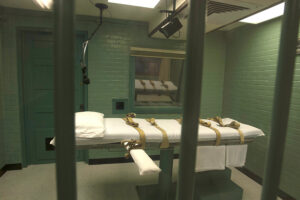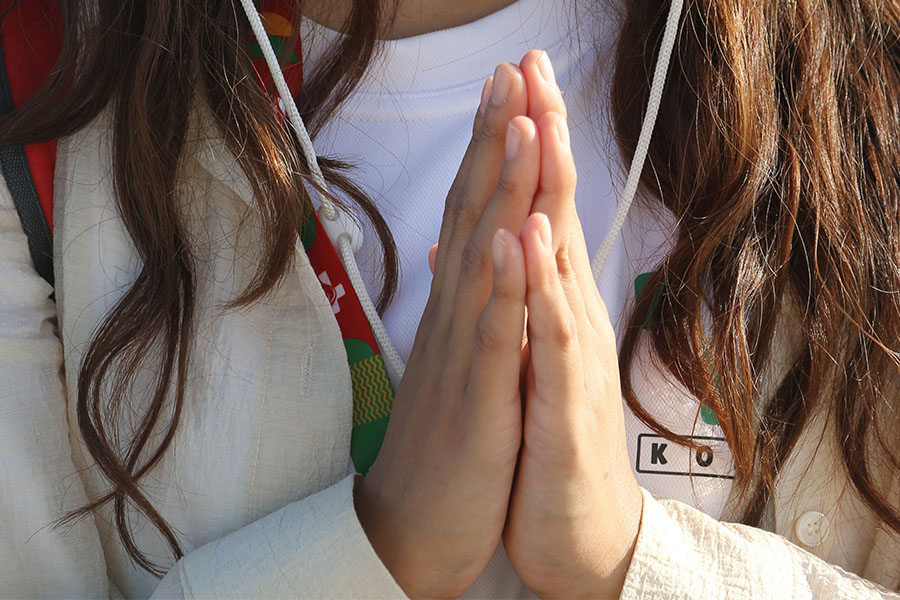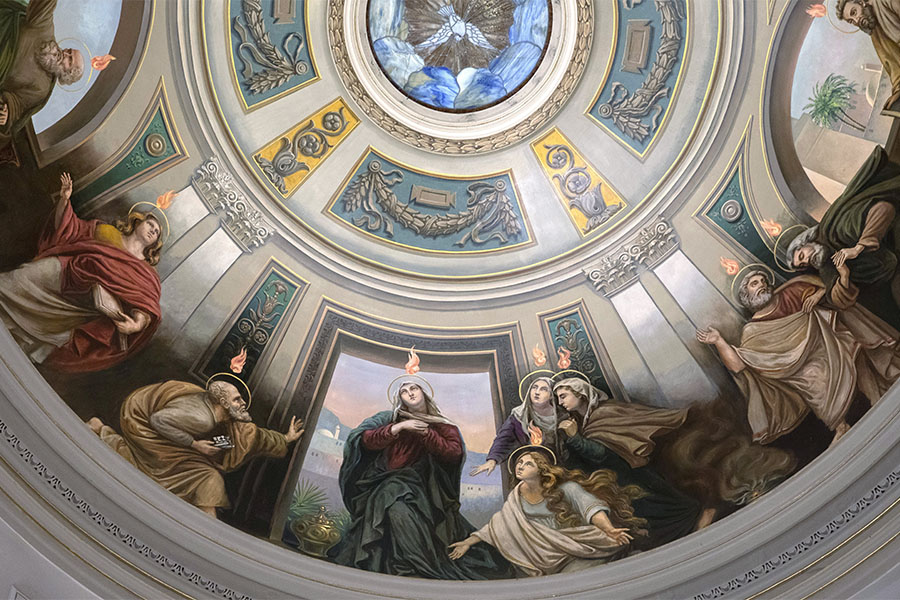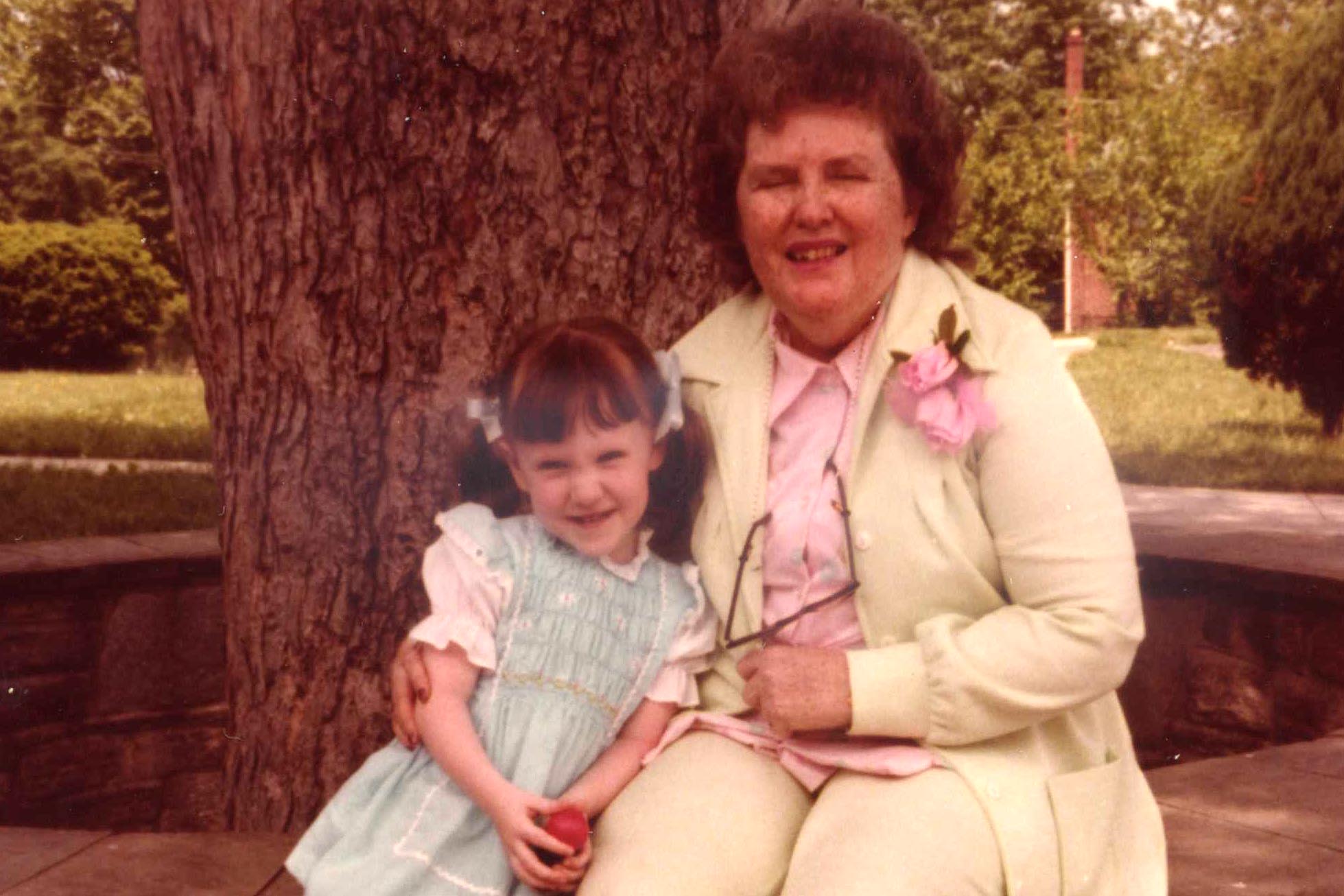One of the maddening aspects of America’s political landscape for Catholics is the inconsistencies of both political parties.
Some folks may oppose the death penalty but are just fine with abortion, while others proudly declare that life is sacred but support the warehousing and execution of prisoners.
“It is hollow on both parties’ part to talk about human dignity by excluding huge swaths about it,” said Bishop Daniel E. Flores of Brownsville, Texas.
Talking about the unborn, the migrant and the death row inmate, he added, “In the United States, we have a way to exclude people from being considered as within that sort of circle of protection.”
In terms of Western countries, the United States is an outlier in its use of the death penalty, in league with countries like China, Iran, Saudi Arabia and Iraq.

Yet the death penalty does not attract the same kind of debate and protest as abortion, even though opponents — including the U.S. bishops and the Catholic Mobilizing Network — consider it a pro-life issue.
One reason is that the United States has slowly been trending away from executions. At least 23 states have done away with the death penalty, and 36 have had no executions in the past 10 years.
After a long hiatus, the federal government executed 13 prisoners in the last year of the Trump administration. President Joe Biden, consistent with the inconsistency of his party, once again halted federal executions even as he has come out strongly in favor of legalized abortion.
There are many reasons for opposition to the death penalty, including the percentage of poor and minority prisoners on death row and the questions that raises about their legal representation, as well as the rates of exoneration.
The Innocence Project, which uses DNA samples to review convictions, has exonerated 375 prisoners so far, 21 of whom were on death row when they were found to be innocent.
The church has grown increasingly critical of the practice. St. John Paul II updated the Catechism of the Catholic Church in 1997, including a quote from his encyclical “Evangelium Vitae” in saying that “the cases in which the execution of the offender is an absolute necessity ‘are very rare, if not practically nonexistent.'”
In 2018, Pope Francis closed the door all the way, revising the catechism language to say bluntly that “the death penalty is inadmissible.”
In his encyclical “Fratelli Tutti,” the pope wrote that “the firm rejection of the death penalty shows to what extent it is possible to recognize the inalienable dignity of every human being and to accept that he or she has a place in this universe.”
Unfortunately, the death penalty has not gone away. Oklahoma last month conducted the first of 29 executions scheduled for the next 30 months.
James Coddington was in many ways a classic death row inmate: Raised under horrendous conditions as a child, he was poor and drug-addicted when he bashed in a friend’s head with a hammer for $500 to buy drugs.
In prison, however, he became something of a model. A former director of the Oklahoma Department of Corrections, Justin Jones, called his prison behavior “commendable” and said he didn’t think “it would serve the best interest of the state of Oklahoma to execute Mr. Coddington.” Coddington was executed Aug. 25.
Next up on Oklahoma’s death row is Richard Glossip, who was scheduled to die this month despite a bipartisan array of supporters who have argued for his innocence and alleged prosecutorial misconduct. His execution has now been pushed back to December.
Oklahoma has tried three times to execute him, each time thwarted by equipment malfunctions.
Glossip has had three “last meals” so far and may soon have a fourth.
Erlandson, director and editor-in-chief of Catholic News Service, can be reached at gerlandson@catholicnews.com.
Read More Commentary
Copyright © 2022 Catholic News Service/U.S. Conference of Catholic Bishops







